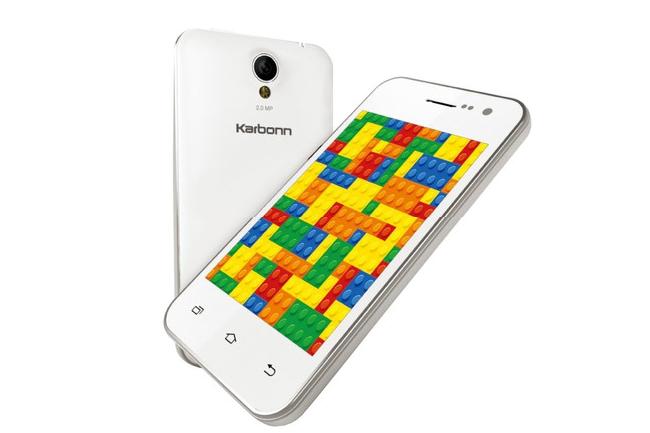
The A50S is equipped with a 1.2GHz dual-core MediaTek processor and 256MB of RAM. 512MB of internal storage is all you’ll get, though the MicroSD card slot allows for up to 32GB. The front- and rear-facing shooters are 0.3- and 2-megapixel variants, respectively. The handset has a 3.5-inch 320 x 480 pixel display that shows Android 4.2.2 Jelly Bean in all its glory.
While the A50S doesn’t have built-in GPS or NFC, it does have two tricks up its sleeve:
- It has two SIM card slots
- It’s priced at £26 ($44)
While the specifications may not impress, the price is sure to be a winner with parents who want to give their kids their first smartphone.
However, for UK residents interested in purchasing the handset, the way to do so isn’t as direct. You’ll first have to register with an Indian courier firm by using a local postal address that might belong to a friend or relative living in India. After that, you can purchase the handset online, though it will be delivered to the address in India. However, you can have it forwarded to your UK address.
Because the A50S is priced as it is, there is no import duty placed on it. It will go on sale in Australia, South Africa, and New Zealand, as well as other international markets, in the following months.
Editors' Recommendations
- How to find your phone number on iPhone or Android
- This Android phone is a surprisingly great buy at $100
- One of the best budget phones just got even better
- How to use iMessage on an Android phone or tablet
- Google just released the first Android 15 beta. Here’s what’s new
